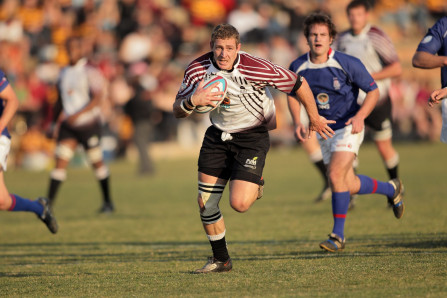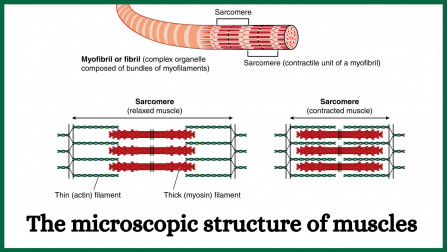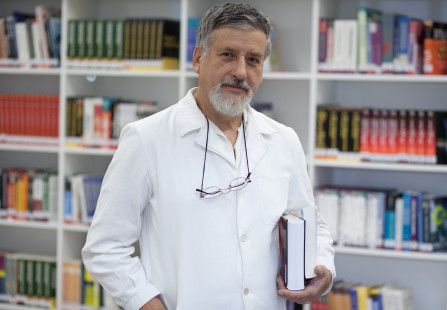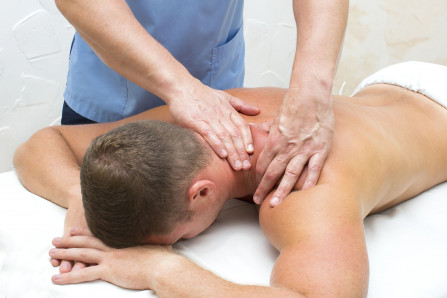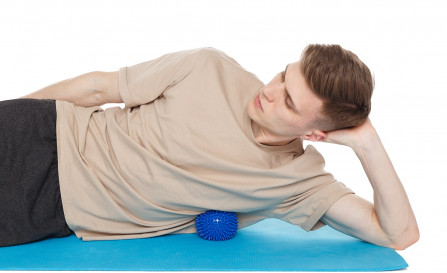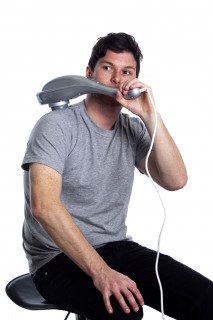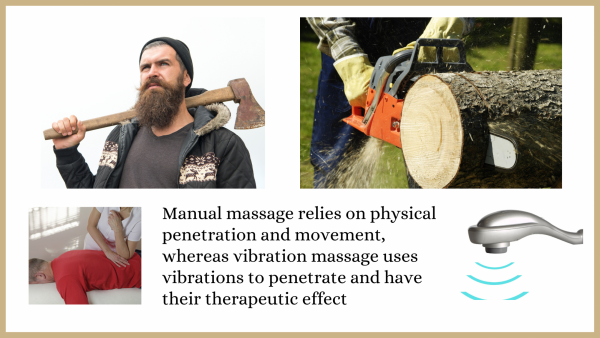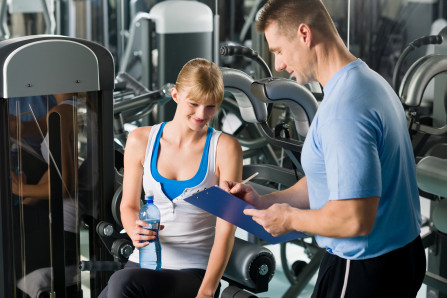The things your muscles absolutely need to help recover
There are two basic things that your muscles absolutely need to recover. These are:
- adequate sleep and rest
- adequate diet and hydration
Adequate sleep and rest
You need to have adequate sleep and rest for your muscles to recover.
Diet and hydration
Hydration
Fluids help carry fresh nutrients to your healing muscles and flush the waste products. If you do not replace lost fluids and become de-hydrated your recovery will be slowed. On the other hand, if you drink more than you need your body expels the excess as urine so you get no extra benefit. Therefore, the optimum re-hydration is to drink a bit more than your body actually needs. After exercise drink a bit more than you have lost, then drink a few extra glasses of water during the day.
How do you know how much fluids you have lost?
You can get a good estimate by weighing yourself before and after. Most weight loss will be fluid, with a litre of water weighing one kilogram (one pint is approximately one pound).
Diet
Selling supplements is big business so much information is pushed by marketing. Even editorial content such as magazines and websites are influenced by the desire for advertising revenue and affiliate commissions. We would much rather that you chose your diet based on the needs of your muscles rather than the needs of the marketers.
The best way to choose what you actually need
These nutrients are the “building blocks” to rebuild your healing muscles so it is very important to have adequate levels. Just like with fluids your body has inbuilt mechanisms to control the level of these. However, while drinking extra water is usually safe as extra excess fluids are harmlessly expelled, excess nutrients can be harmful. Because protein supplements are so widely advertised we will use protein as an example.
The protein example
Your body breaks down protein into building blocks called amino acids. If you do not have enough of the amino acid it will be detrimental to healing so getting more is a very good thing. On the other hand if your body already has enough it will break the amino acid down, salvaging the usable part and expelling the rest. The usable part gets converted to energy which can be used as fuel, but if you already have enough it will stored as fat. The unusable part is a nitrogen compound that is toxic in higher concentrations so your body has to break it down and expel it. Therefore:
- If you don’t have adequate amino acids the appropriate supplementation will help your muscles heal.
- If you already have adequate amino acids the protein supplements will be converted to fat, toxic nitrogen compounds and expensive urine.
Because of this we recommend that you ignore the marketing biased editorials and consult a properly qualified professional such as a dietitian regarding your needs.
